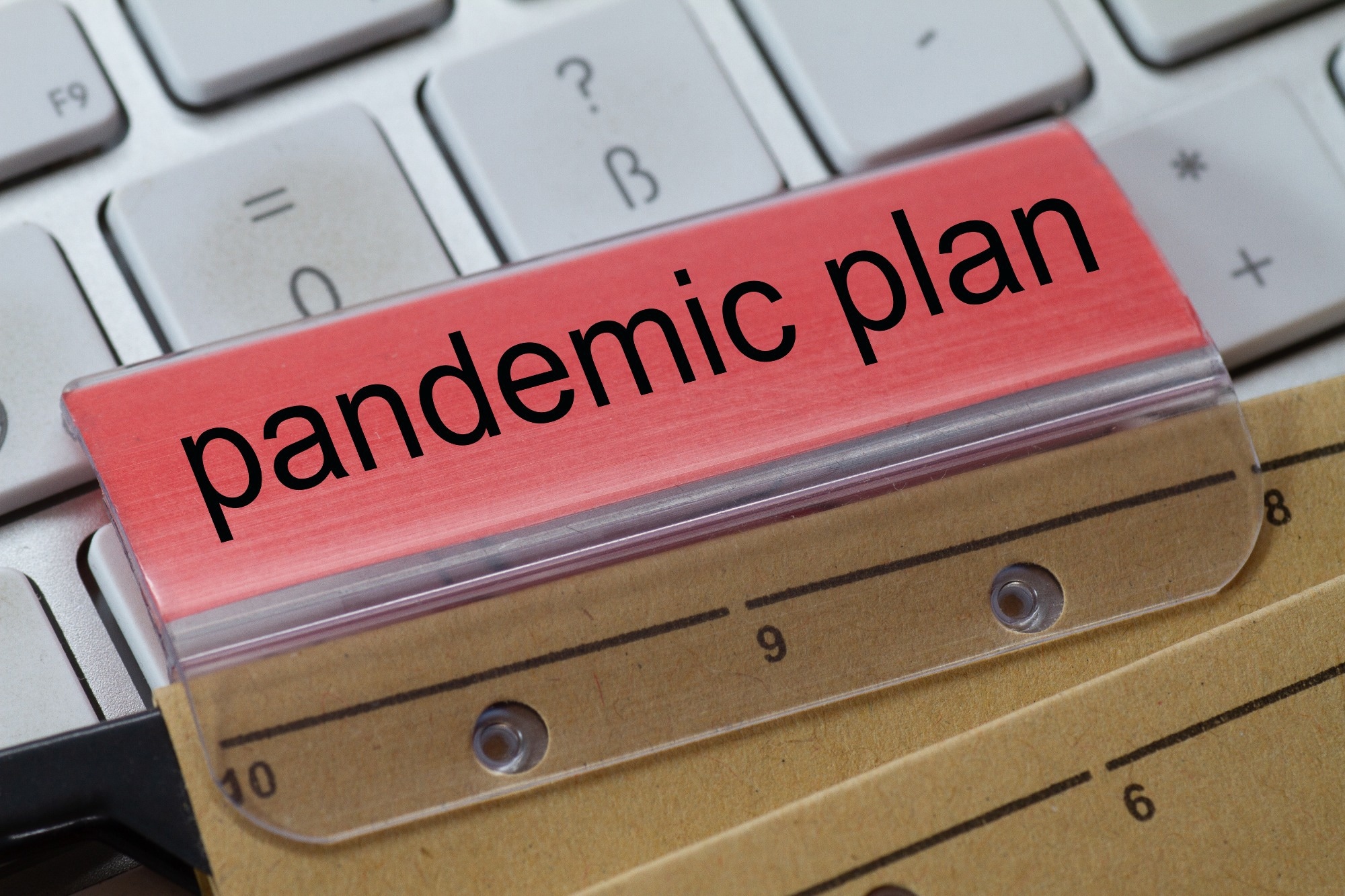In a recent study posted to the medRxiv* preprint server, researchers described the establishment, execution, and assessment of a flexible living strategy to maintain the long-term effects (LTE) of the coronavirus disease 2019 (COVID-19) guideline by the National Institute for Health and Care Excellence (NICE) and manage the uncertain and rapidly expanding associated evidence base.
 Study: Living with Long COVID: Implementing a living approach to the NICE guideline on managing the long-term effects of COVID-19. Image Credit: zabanski/Shutterstock.com
Study: Living with Long COVID: Implementing a living approach to the NICE guideline on managing the long-term effects of COVID-19. Image Credit: zabanski/Shutterstock.com

 *Important notice: medRxiv publishes preliminary scientific reports that are not peer-reviewed and, therefore, should not be regarded as conclusive, guide clinical practice/health-related behavior, or treated as established information.
*Important notice: medRxiv publishes preliminary scientific reports that are not peer-reviewed and, therefore, should not be regarded as conclusive, guide clinical practice/health-related behavior, or treated as established information.
Background
NICE has published rapid recommendations on severe acute respiratory system coronavirus 2 (SARS-CoV-2) infections to support healthcare facilities in pandemic times.
The 24th guidelines on managing COVID-19 LTE were devised in a limited timeframe to address the rise in post-COVID-19 conditions or long COVID cases.
In the dynamic COVID-19 pandemic scenario, new diseases with unknown etiopathogenesis, diagnosis, treatment, and prognosis require a flexible living approach for assessing and revising the initially put-forth guidelines, even in the case of rare update requirements.
Monitoring evidence that has probable effects on future policies and strategies is critical for high-priority regions that lack strong scientific evidence.
About the study
In the present study, the NICE COVID-19 team researchers reviewed the living strategy for developing and maintaining NICE's LTE recommendations, including initial development, maintenance, and eventual transition to a lower-intensity model.
The team retrospectively analyzed the stages of guideline development, surveying, and updating from its original documentation in December 2020 to the reactive or trigger-based living strategy in 2022.
They documented (i) original methods used in guideline development and revisions during surveillance and updating; (ii) quantitative information on new and total evidence; (iii) visits on NICE's online page concerning the guidelines; and (iv) in-person and virtual expert participation.
The rationale for adopting novel approaches was investigated in light of the growing body of evidence and contextual considerations such as the use of resources, topicality, ambiguity level, and system requirements.
The team obtained evidence volume data from NICE's SARS-CoV-2 infection evidence repository from March 2020 onward. The LTE repository section was utilized to obtain evidence spanning over the periods of initial development; landscaping, scoping, and updating; and adopting the flexible approach in 2020, 2021, and 2022, respectively.
NICE guideline usage was evaluated using NICE's digital functions concerning information and technological developments. Data on the duration and frequency of panel sessions convened throughout the initial guideline development and updated processes and data from the adjustable living approach's online poll and expert participation were acquired.
The guideline garnered public and media interest, with >100,000.0 hits on the website within 14 days of publication. Economies were attained in maintaining the currency of living reviews through affiliation with health authorities such as the Public Health Agency of Canada and the National Institute for Health Research (NIHR).
Between October and December 2020, the guideline was commissioned and developed over 12 weeks, with case definitions established. Between January and June 2021, weekly SARS-CoV-2 surveillance, data landscaping, analysis of evidence gaps, re-scoping, and planning of updates were performed.
Between July and December 2021, the team reviewed the evidence for updates, held advisory meetings, and published new recommendations, including a proposal for a trigger-based approach.
Between January and October 2022, the living approach was implemented, the surveillance continued, and data summaries were prepared periodically, including a remote evidence triage and three summaries of evidence with no updates.
In December 2022, the final summary of evidence was prepared, and the panel was summoned for review and decided to switch to a flexible living approach.
Results
Following the guideline's release, the original timepoint-based update procedure transformed into a flexible living approach with distant topic expert participation. With a response rate of 64% to web-based surveys, experts were engaged with the new approach.
Emerging evidence expanded significantly (11,405 and 12,181 studies assessed in 2021 and 2022, respectively) following publication and was compiled by ongoing surveillance.
The living approach displayed no urgent triggers for updating from the research identified in 2022, saving significant resources over the initial timepoint-based approach, which would commit resources to organize expert panel meetings.
To capture the cumulative evidence basis, 184 records with potential future influence were summarised. Experts emphasized continuing research and implementation challenges that have informed the guideline's surveillance.
After a prolonged period with no triggers for updating, the living method was limited to use in high-priority areas with ongoing research monitoring. Transitioning to a more reactive 'trigger-based' strategy in guidelines with previously scheduled updates may prove more productive and efficient while preserving the currency of suggestions through ongoing surveillance.
Multiple elements, including intelligence from healthcare systems and social care facilities, current research, and government policy, influence the period of the switch to the new approach.
Conclusion
Overall, the study findings highlighted a flexible living strategy for a novel ailment with evolving evidence and growing public and population interest.
The scarcity of scientific data resulted in real-world scientific data use, stakeholder consultation, and expert testimonials. Several living standards could be kept current without frequent updates.

 *Important notice: medRxiv publishes preliminary scientific reports that are not peer-reviewed and, therefore, should not be regarded as conclusive, guide clinical practice/health-related behavior, or treated as established information.
*Important notice: medRxiv publishes preliminary scientific reports that are not peer-reviewed and, therefore, should not be regarded as conclusive, guide clinical practice/health-related behavior, or treated as established information.